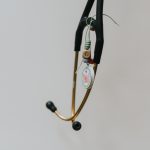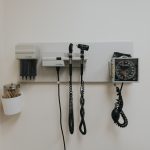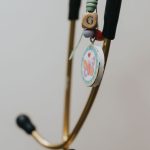Physician resource statistics
Quarterly physician resource statistics
These reports include:
- Summary of changes in physician resources (period to period)
- Physician resources by zone
- Changes in physician resources by specialty
- Summary of inflows and outflows
- Inflows and outflows by physicians’ place of graduation
Registration highlights (5-year history)
Live registration & assessments statistics
These statistics are live numbers related to CPSA’s Registration & Assessments Program.
Complaints statistics
Number of complaints per year
| Totals | 2023 | 2022 | 2021 | 2020 | 2019 |
| Complaints received* | 867 | 725 | 617 | 763 | 857 |
| Physicians complained about* | 644 | 647 | 535 | 680 | 756 |
| Complaints open at year end | 554 | 649 | 637 | 446 | 502 |
*One physician may have multiple complaints.
Summary of complaint natures (%)
| Nature* | 2023 | 2022 | 2021 | 2020 | 2019 |
| COVID-19 | 0.3 | 4 | 3.5 | n/a** | n/a |
| Quality of care | 36.8 | 36 | 35 | 47.6 | 46.7 |
| Practice management | 32.1 | 34 | 30 | 26.1 | 24.4 |
| Medical reporting | 12.1 | 8 | 6.4 | 7.6 | 12.8 |
| Ethics | 15.3 | 16 | 22 | 16.8 | 11 |
| Third party | 1.6 | 1.3 | 1.3 | 0.6 | 0.3 |
| Systemic | 1.6 | 0.5 | 1.1 | 0.6 | 0.3 |
| Unclassified | 0.3 | 0.2 | 0.7 | 0.6 | 4.4 |
*One complaint file may have multiple natures
**New category as of 2021
Nature of complaint definitions
COVID-19 – New category as of November 2021, includes assessment/diagnosis/treatment, professional behaviour and regulatory compliance.
Quality of Care – Diagnosis (incorrect or delayed), treatment (prescribing, procedural and counselling), referral, consultations, follow-up).
Practice Management – Physician availability, office management (including finance and communication).
Medical Reporting – Release of records, report completion and accuracy.
Ethics – Confidentiality, informed consent, advertising, self-promotion, research-related and boundary violations (including sexual, financial and others).
Third-Party – Independent Medical Examination (WCB, insurance companies, and all others).
Systemic – Continuity of care and interdisciplinary issues.
Unclassified – All others.
Supporting information
Questions about these statistics?
Media inquiries: 780-969-5019
Other inquiries: 780-423-4764
Toll-free: 1-800-561-3899 (in Canada)






















